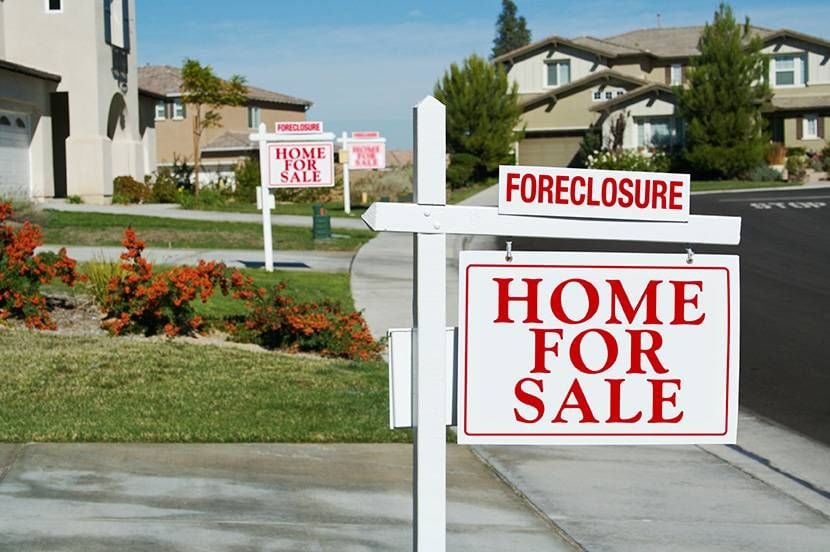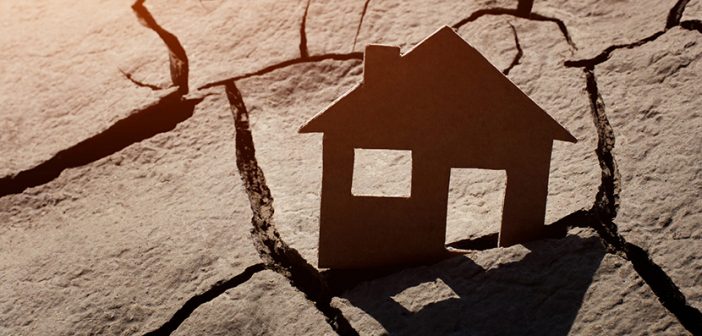Foreclosures in the US Increase as COVID Cases Continue To Rise

Since the start of the COVID-19 pandemic, the United States’ housing market has remained relatively strong, despite record-high unemployment, businesses shutting down, and routine infection rate surges. However, according to ATTOM Data Solutions, our longtime fears may be coming to fruition. In October 2020, the foreclosure rate increased by 21% with a total of 11,673 properties filing for foreclosure via default notices, scheduled auctions, or bank repossessions. An eerie sign that more economic turmoil is soon to come.
The Bottom 5: South Carolina, Nebraska, Alabama, Louisiana, and Florida
South Carolina, Nebraska, Alabama, Louisiana, and Florida posted the highest foreclosure rates compared to the rest of the nation. South Carolina and Nebraska lead the pack, hosting a 1.6% foreclosure rate followed by Alabama at 1.5%, Louisiana at 1.4%, and Florida at 1.3%. “It’s a little surprising to see foreclosure activity increasing in spite of the various foreclosure moratoria that are in place,” said Rick Sharga, executive vice president of RealtyTrac, an ATTOM Data Solutions company. “It’s likely that many of these properties were already in the early stages of default prior to the pandemic, or are vacant and abandoned, which makes them candidates for expedited foreclosure actions.” While Sharga’s words carry a sense of optimism, that does not change the fact that the pandemic has accelerated these foreclosures, possibly signaling further collapse among other communities, especially once foreclosure moratoriums conclude. Related: __  It is no secret that COVID-19 is a direct cause of the increased foreclosures last month. Among the highest rates in foreclosures were in large metropolitan areas with populations exceeding one million people. Topping the list were Birmingham, Alabama; Cleveland, Ohio; Jacksonville, Florida; New Orleans, Louisiana; and Miami, Florida. These cities have a marked higher level of unemployment, business closures, and COVID-19 infections. “It’s probably not a surprise that almost all of the metro areas where foreclosure activity increased on a month-over-month basis are also places where unemployment rates are higher than the national average, and in many cases have been hotspots of COVID-19 infections,” Sharga noted. “Still, it’s important to keep the numbers in context—even with these increases, overall foreclosure actions are still below last year’s levels by about 80%.”
It is no secret that COVID-19 is a direct cause of the increased foreclosures last month. Among the highest rates in foreclosures were in large metropolitan areas with populations exceeding one million people. Topping the list were Birmingham, Alabama; Cleveland, Ohio; Jacksonville, Florida; New Orleans, Louisiana; and Miami, Florida. These cities have a marked higher level of unemployment, business closures, and COVID-19 infections. “It’s probably not a surprise that almost all of the metro areas where foreclosure activity increased on a month-over-month basis are also places where unemployment rates are higher than the national average, and in many cases have been hotspots of COVID-19 infections,” Sharga noted. “Still, it’s important to keep the numbers in context—even with these increases, overall foreclosure actions are still below last year’s levels by about 80%.”
The Bright Spot
As Sharga notes, despite 2020s economic turmoil, foreclosure rates managed to stay 79% lower than the same time in 2019. Perhaps, due to the strength of the housing market during the pandemic, foreclosure rates will continue to remain lower than last year's. However, the longer the pandemic remains an issue, the larger the chance the market could take a turn for the worst. Related: 3 Important Points to Remember When Considering a Potential Real Estate Crash Despite this, any positive signal amid the chaos of this year is welcomed.
What Should Investors Make of This?
Depending on how long you’ve been investing, you’d know that the most money to be made is during economic downturns. The good thing about foreclosures, as an investor, is that it’s easier to find and acquire great properties at a low price. If you’re in the market to invest, then you’re going to want to pay attention to the foreclosure rates in your area and track any upticks. You won’t want to miss out on any deals! 
